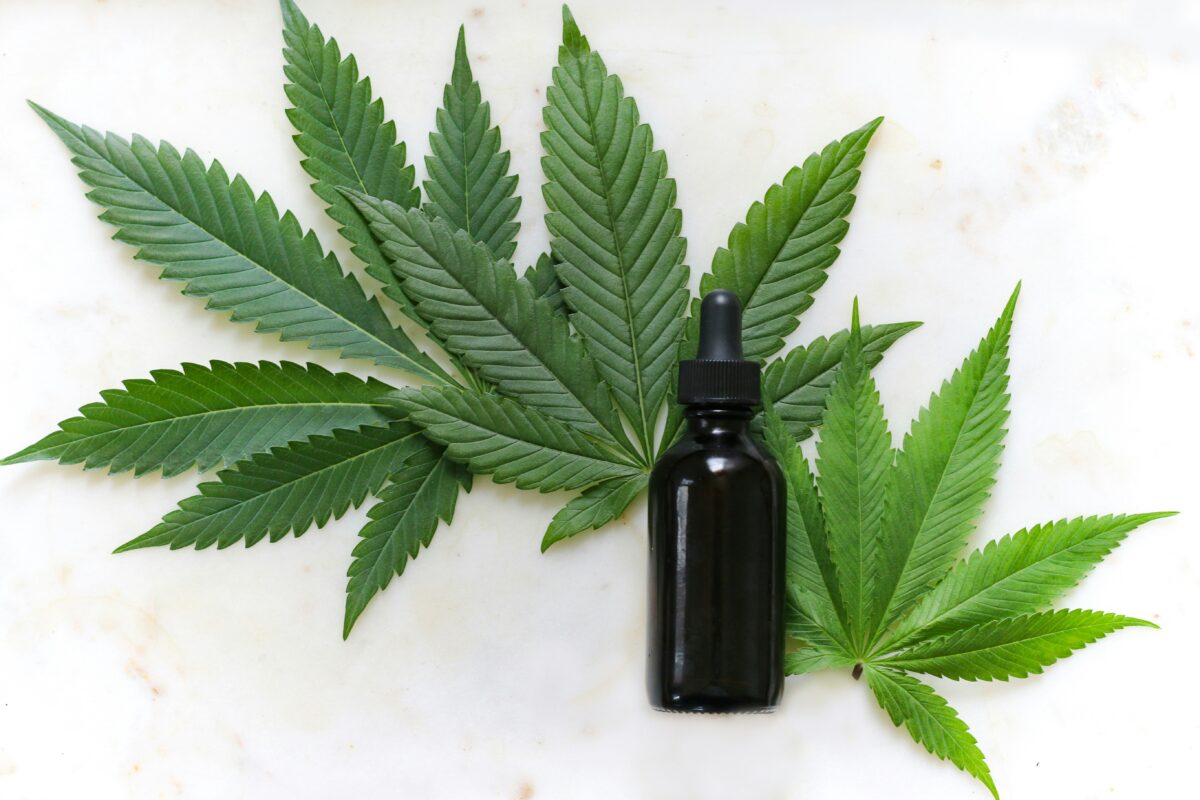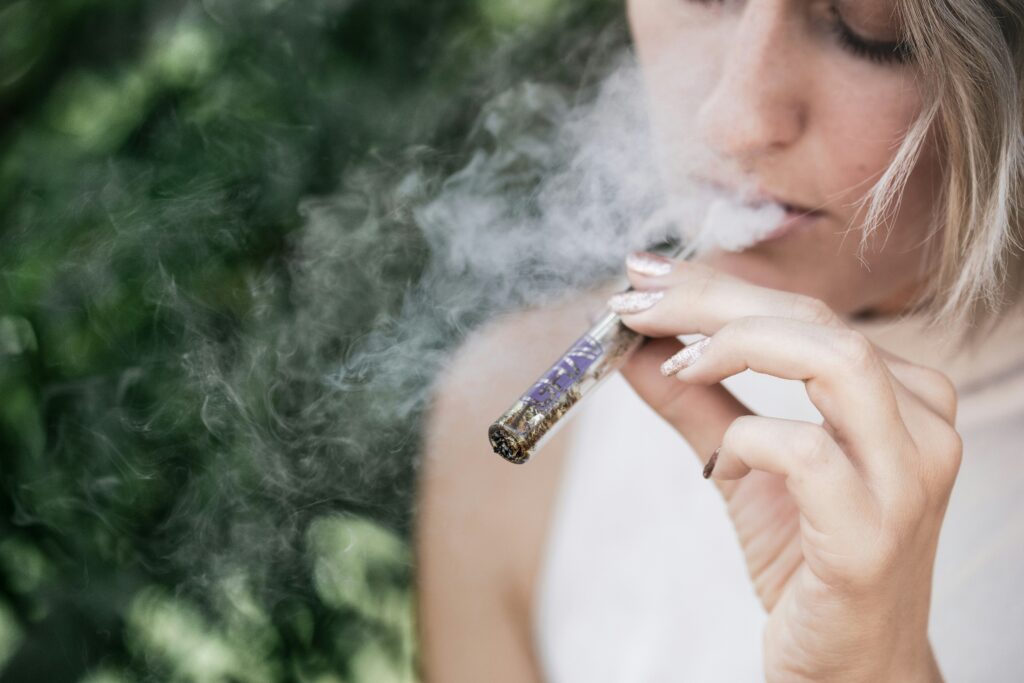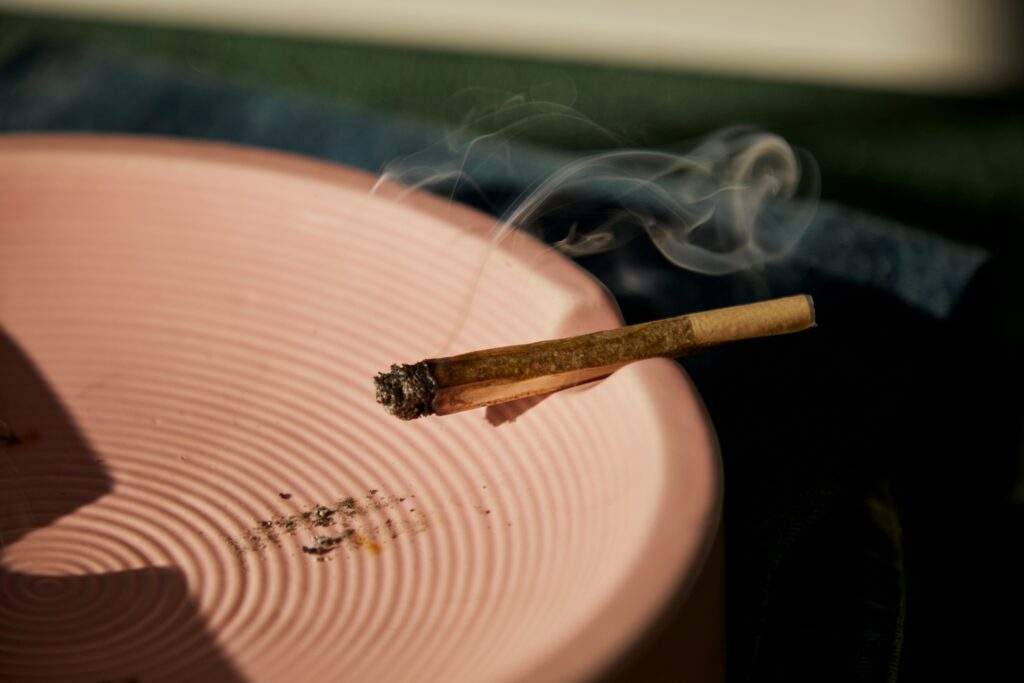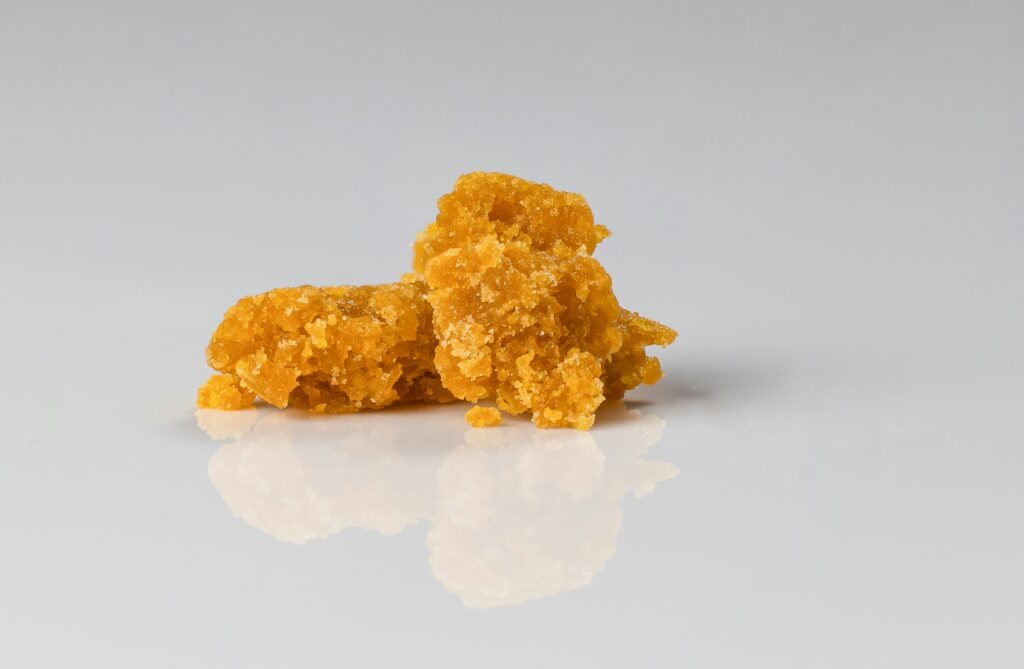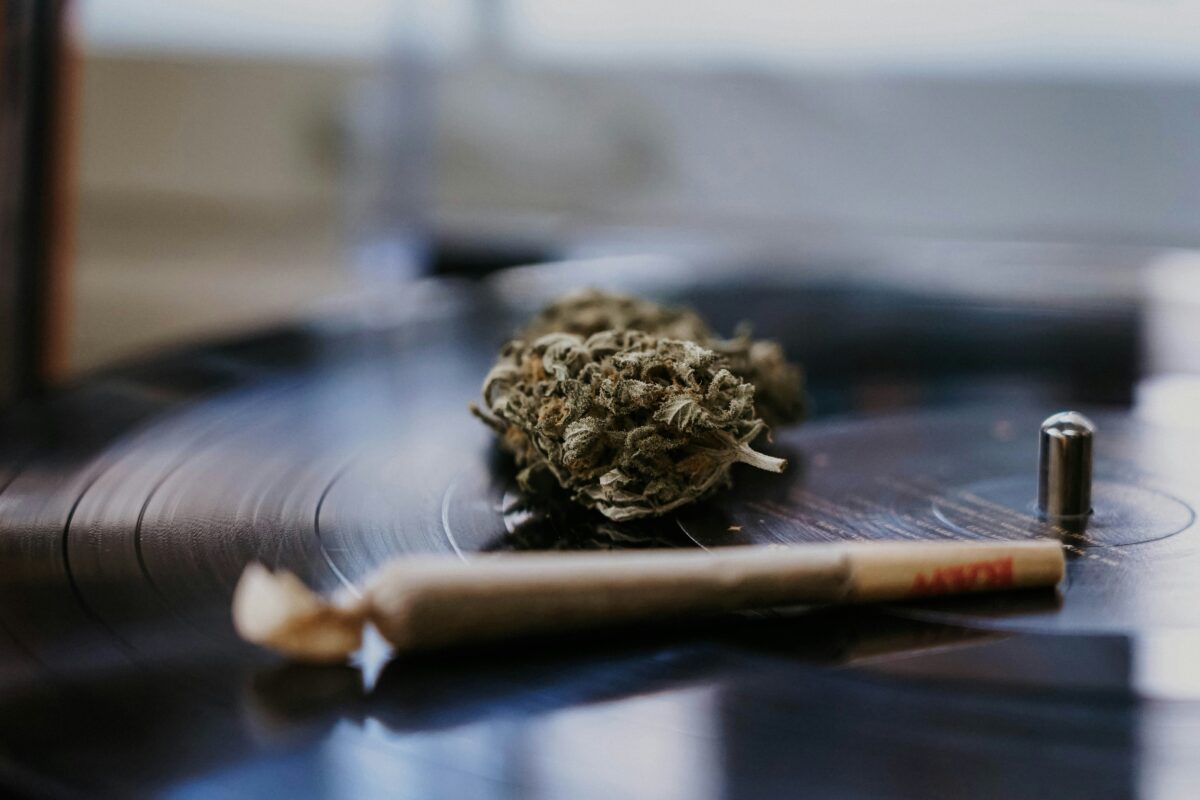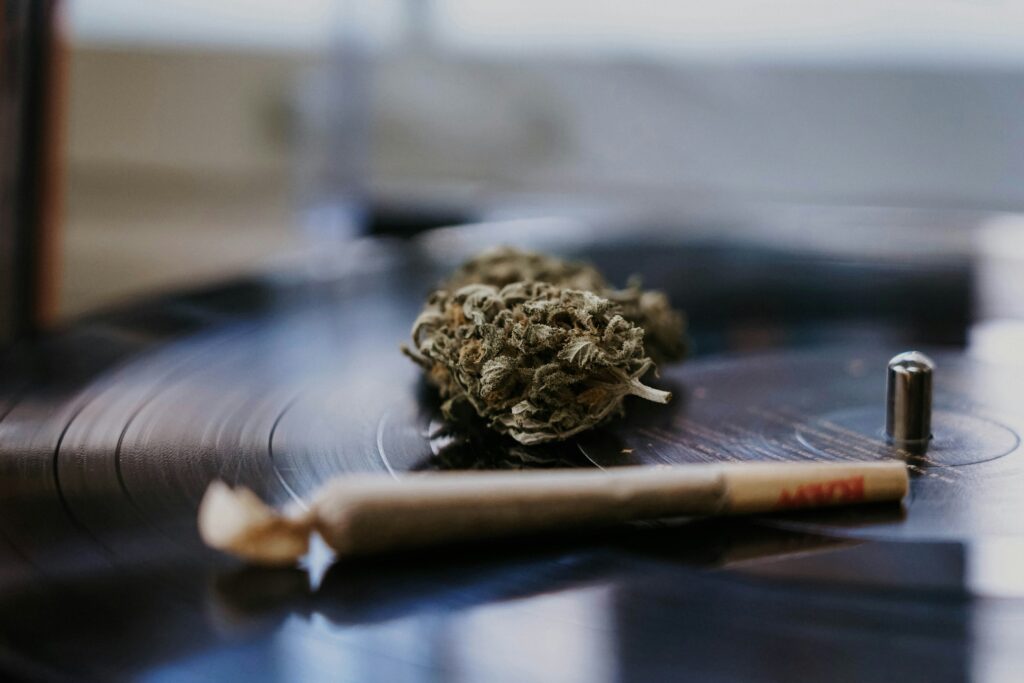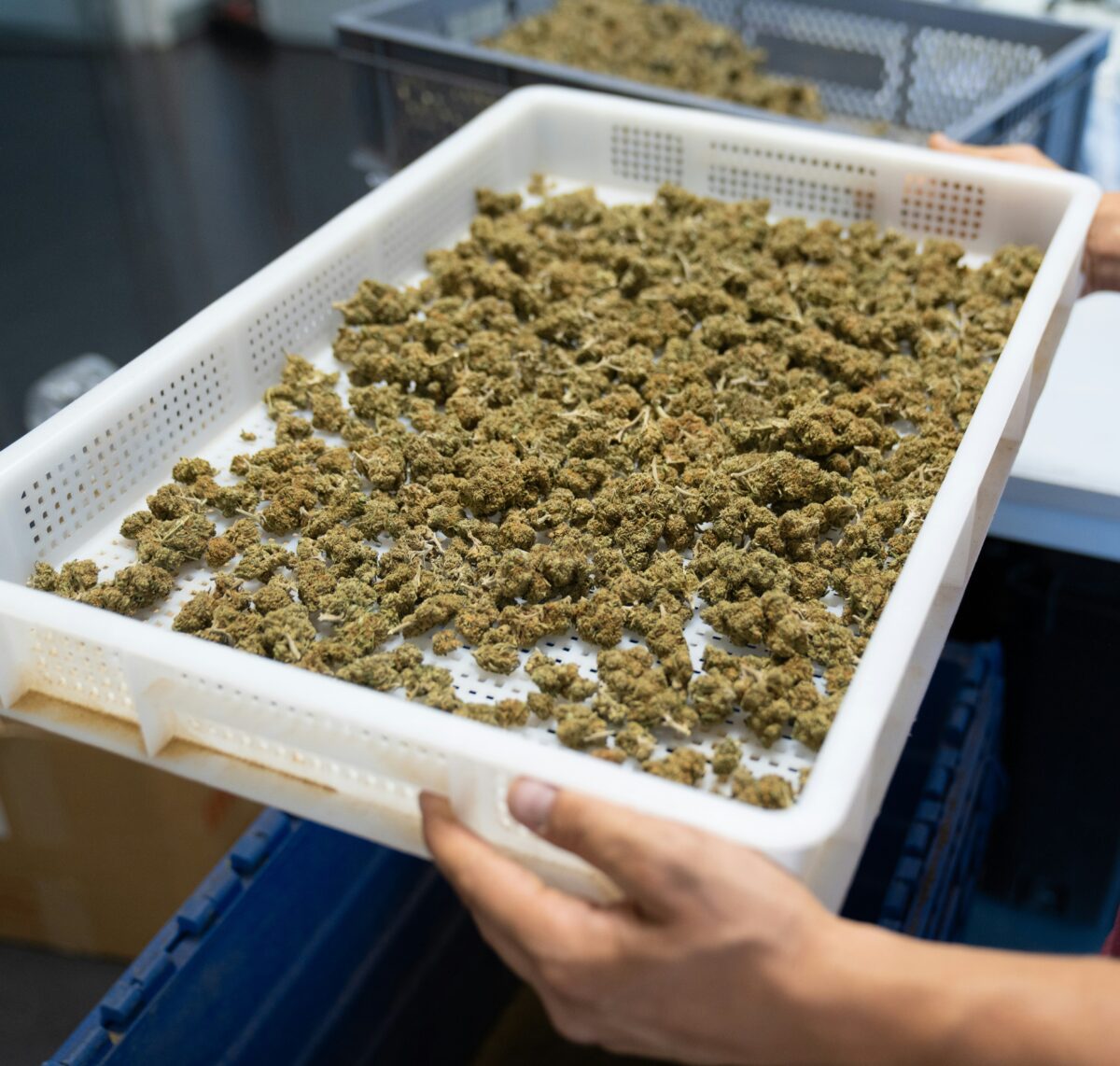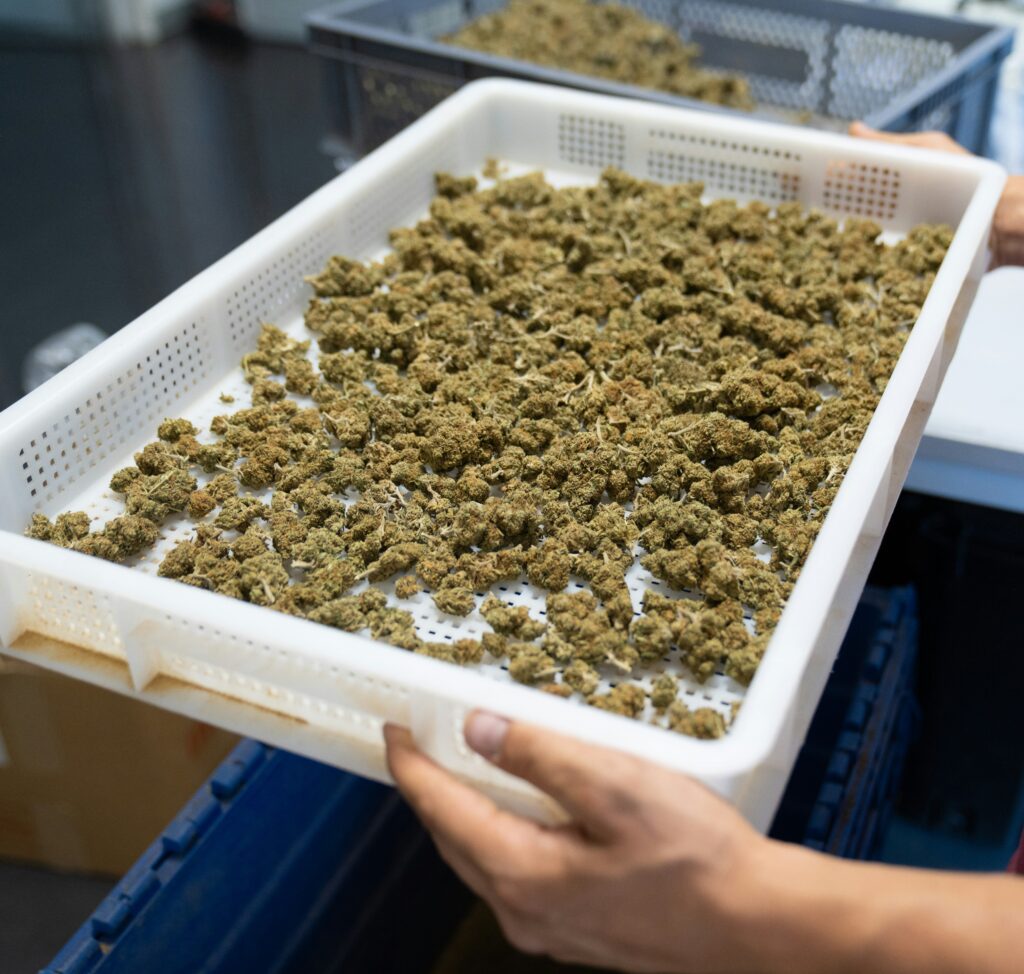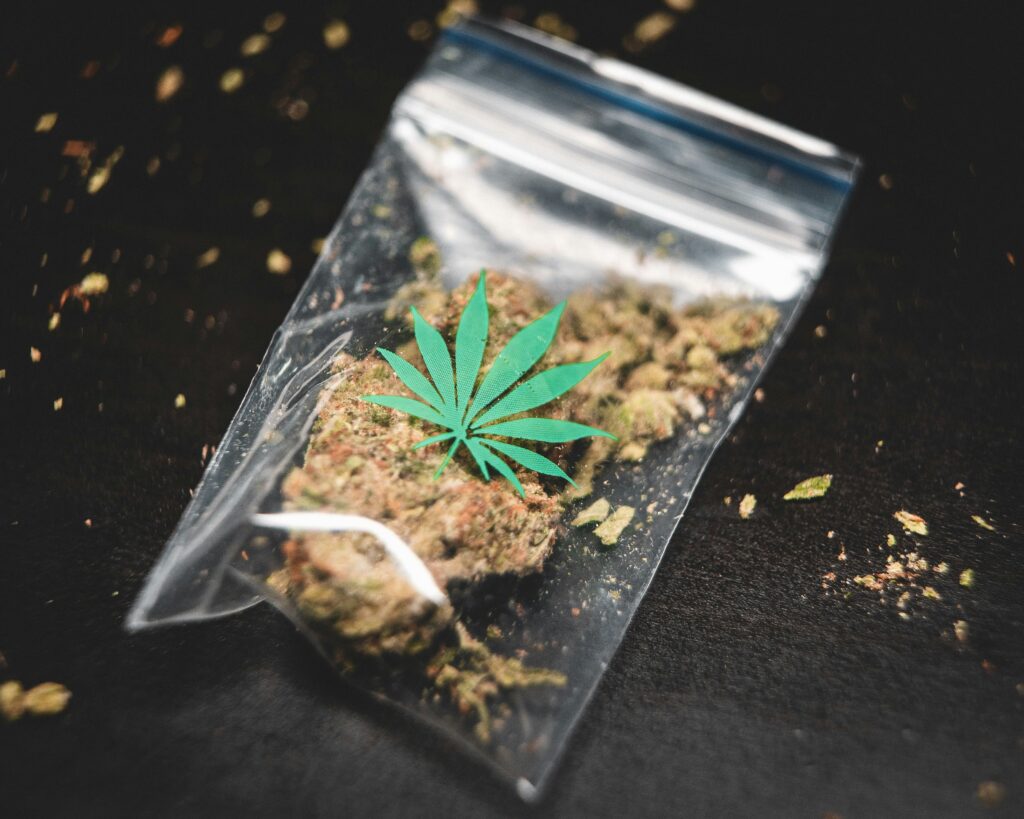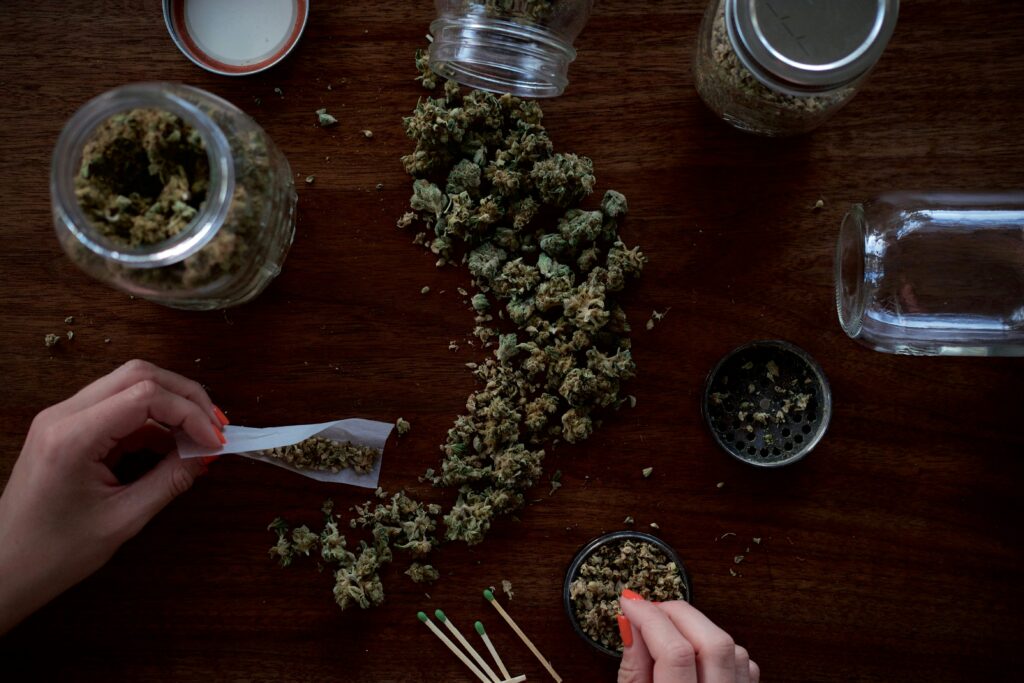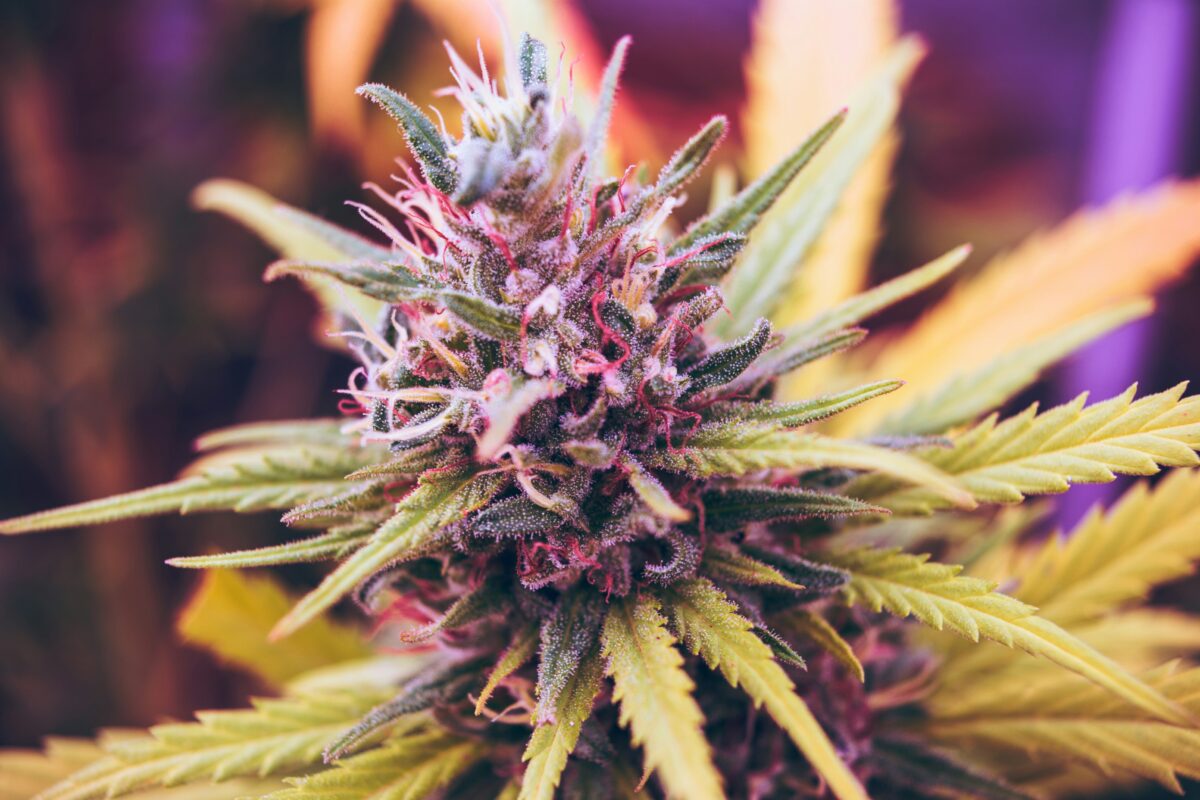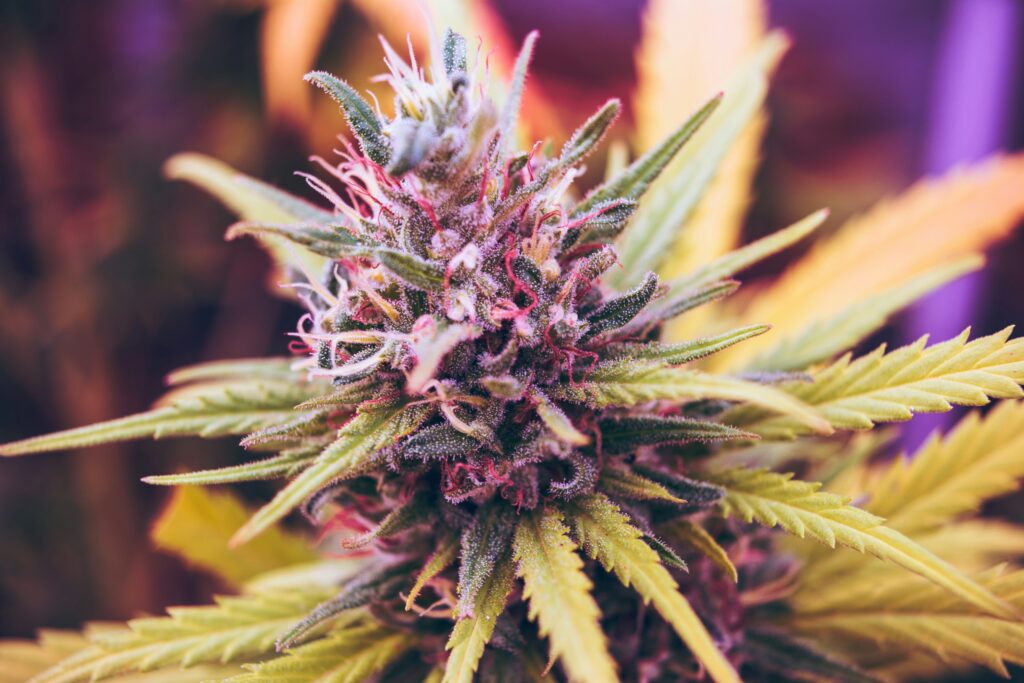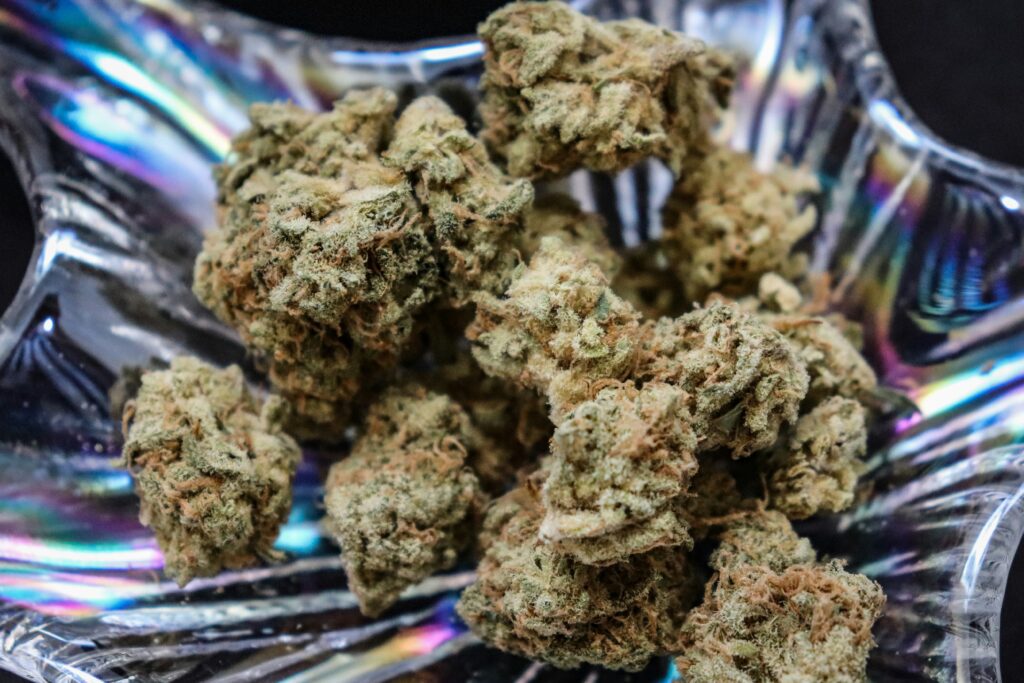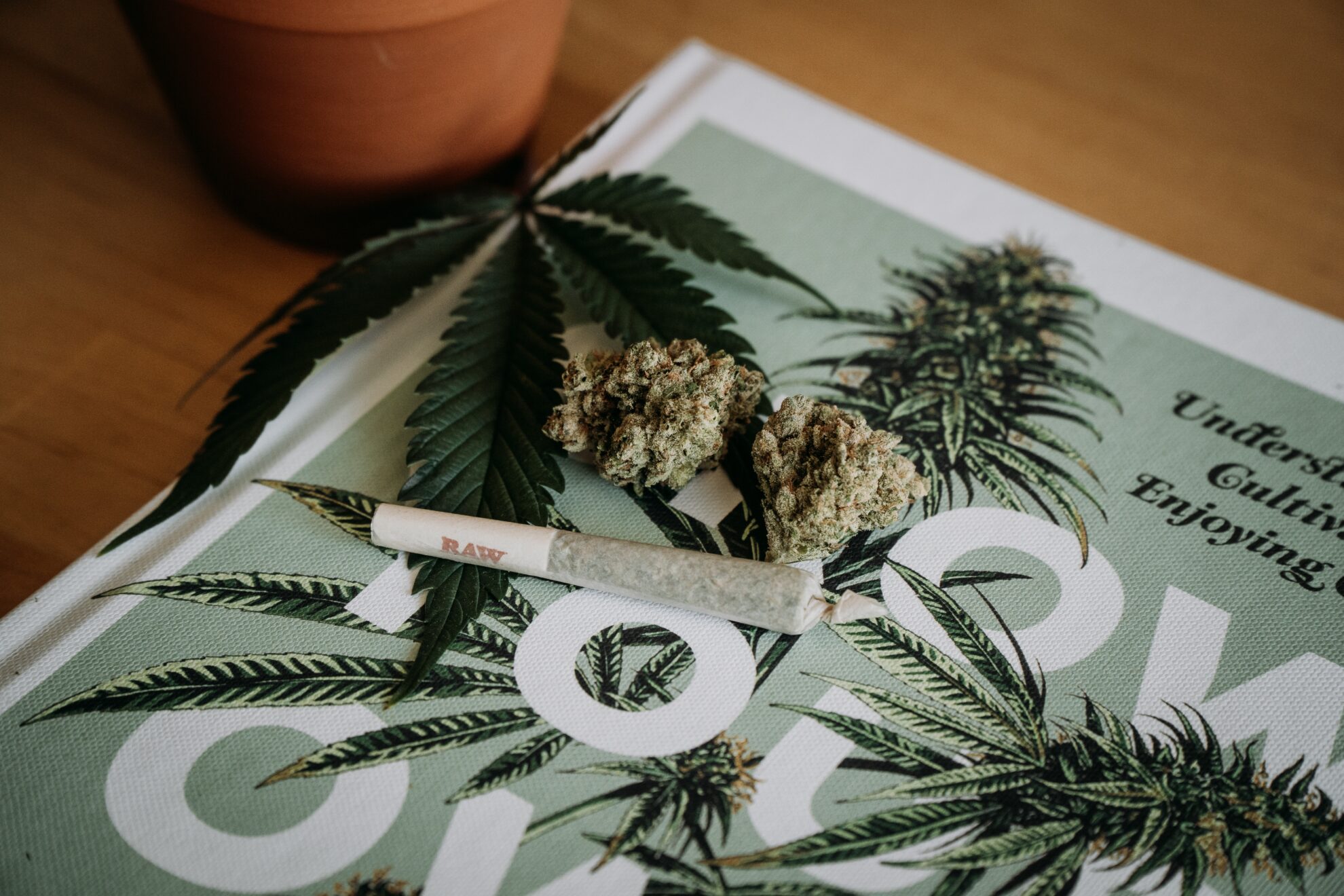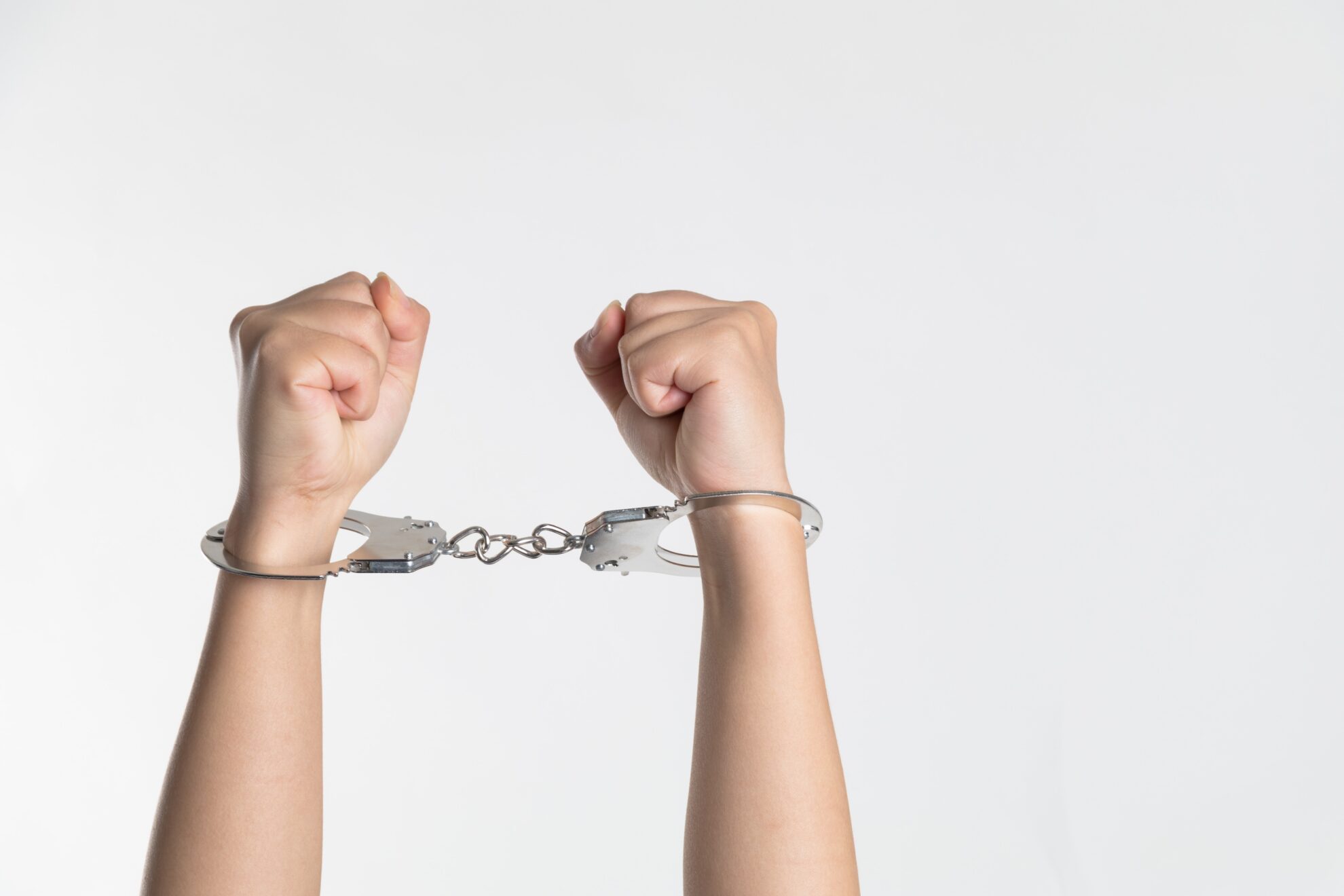How CBD and Cannabis Influence Your Dreams
Dreams are a fascinating aspect of human experience, often leaving us puzzled, entertained, or even inspired. But how do CBD and cannabis influence this nightly phenomenon? Let’s dive into the world of dreams and see how these popular plant-based products can shape our nighttime adventures.

The Science Behind Dreams
Dreams occur during the Rapid Eye Movement (REM) phase of sleep, a time when our brains are highly active, and we experience vivid imagery and narratives. REM sleep is crucial for cognitive functions like memory consolidation, learning, and emotional processing. Factors that influence REM sleep can directly affect the content and quality of our dreams.
Cannabis and REM Sleep
Cannabis, especially strains high in THC, is known to impact sleep patterns. Many users report that cannabis helps them fall asleep faster and stay asleep longer. However, THC can reduce the amount of time spent in REM sleep. This reduction can lead to fewer dreams or less vivid dream experiences. For some, this is a welcome change, particularly for those who suffer from nightmares or PTSD-related dreams. On the flip side, discontinuing cannabis use after prolonged periods might lead to a rebound in REM sleep, resulting in more intense and vivid dreams.
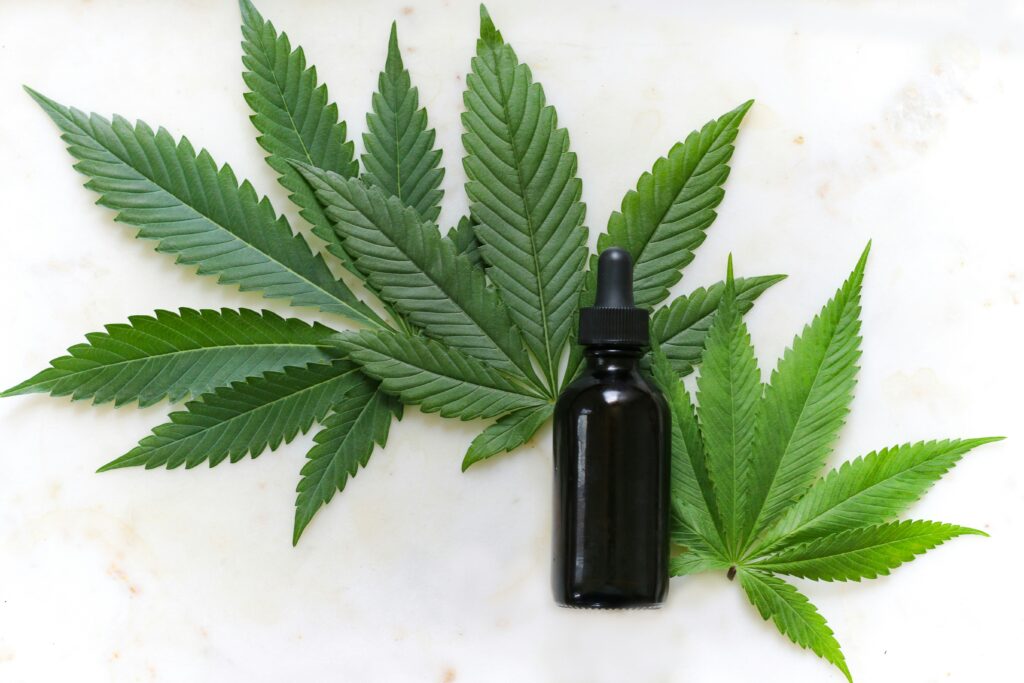
CBD’s Subtle Influence
CBD, the non-psychoactive compound in cannabis, interacts differently with our sleep cycle. While it doesn’t have the same REM-suppressing effects as THC, it can promote relaxation and reduce anxiety, contributing to better overall sleep quality. Some users find that CBD enhances their dreams, making them more vivid and memorable, while others may not notice any significant change. CBD’s balancing act on the endocannabinoid system seems to support a more natural sleep pattern, potentially leading to a more regular dream cycle.
Personal Experiences and Variables
It’s important to remember that the effects of CBD and cannabis on dreams can vary greatly from person to person. Factors such as dosage, strain, individual biology, and frequency of use all play a role. Some may find that their dream experiences are significantly altered, while others might see little to no difference. Keeping a dream journal while experimenting with different cannabis products can provide personal insights into how these substances affect your dreams.

Whether you’re looking to reduce nightmares, enhance your dream recall, or simply enjoy a more restful night’s sleep, understanding how CBD and cannabis interact with your dream cycle is key. As with any supplement, starting with a low dose and paying attention to your body’s responses will help you find the right balance.
At Nature Med, we offer a range of CBD and cannabis products to help you tailor your sleep experience. Check out our daily deals page and explore our menu to find the perfect product for your nighttime routine. Sweet dreams!

